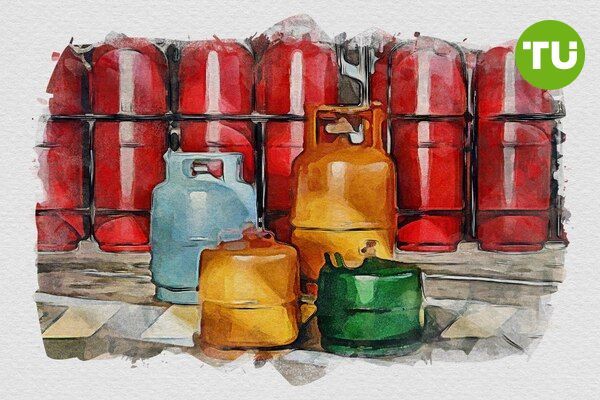Natural gas prices decline due to bearish technicals and revised forecasts
 Natural gas prices hover near critical support amid revised forecasts
Natural gas prices hover near critical support amid revised forecasts
Natural gas (NG) prices dropped 2.57% to $3.07, hovering near critical support at $3.08. The price remains under pressure as it trades below its 50-day EMA of $3.30 and 200-day EMA of $3.19, reflecting a bearish technical outlook. A recovery above the $3.20 pivot could trigger a bullish reversal, targeting resistance at $3.35 and potentially $3.56. Conversely, a decisive break below $3.08 risks deeper losses toward $2.98, with continued pressure likely if sellers maintain control.
Natural gas chart ( Nov 2024 - Dec 2024) Source: Trading View
EIA raises Henry Hub price forecasts
The U.S. Energy Information Administration (EIA) revised its Henry Hub natural gas price forecast upward in its December Short-Term Energy Outlook (STEO). It now projects an average of $2.19 per MMBtu in 2024 and $2.95 in 2025, up from November’s estimates of $2.17 and $2.90, respectively. The adjustment reflects tighter-than-expected inventories and anticipated colder weather.
The EIA expects Q1 2025 prices to average $2.95 per MMBtu, rising to $3.40 by year-end. It attributes this increase to stronger winter demand and LNG export expansions, with Plaquemines LNG and Corpus Christi LNG Stage 3 expected to boost exports by 15% to nearly 14 Bcfpd in 2025.
Market forecasts from JPM Commodities Research and Standard Chartered Bank suggest similar trends. JPM sees average prices of $3.50 per MMBtu in 2025, while Standard Chartered expects $3.25, with both forecasting price gains driven by increased demand and restrained production.
BMI, a Fitch Group unit, projects a more conservative estimate of $2.40 per MMBtu in 2024, rising to $3.40 in 2025, citing potential supply-side expansions. Analysts agree that maintaining production stability, especially in the Permian and Eagle Ford regions, will be crucial in balancing prices.
Previously, we discussed natural gas prices reacting to LNG output developments and technical breakouts, emphasizing the influence of global market dynamics and weather-driven demand.













































































































































